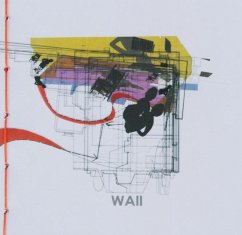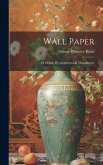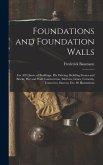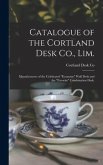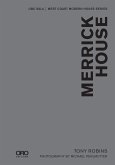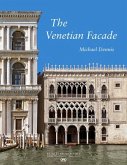llAW of WAll is a critique of absolutes: absolute closure and openness, absolute privacy and public-ness. The critique is presented through a study of the networks that link two families, two locations, two time frames, two construction technologies, and two acts of family violence: the Loud and Woodford Families; Avon, Connecticut, the residence of the Woodford family, and an Avon prefabricated house, the residence of the Loud family; 1845, the year of the Woodford murder, and 1972, the year of the Loud family live televised break-up; Early American ax carpentry of the Woodford house, and the pre-fabricated carpentry of the Loud house; and the ax violence in the Woodford family, and the "TV" violence in the Loud family. The two families and the corresponding events present two extremes of privacy and public-ness. The critique utilizes Freud's essay on the uncanny and the metaphor of a hinge to structure the text and the construction. I argue that Freud, in "The 'Uncanny,'" constructs a hinge that brings together, makes identical two opposites, yet maintains their separation and tension. I utilize the hinge to overlay maps of relationships between the two families in space, time, technology, behaviors and events. The hinge simultaneously unifies the two sides and opens a tense space for the interplay of their differences. The hinge allows us to see the absolutes of closure and open-ness in relation to one another and in their totalizing effect.
Hinweis: Dieser Artikel kann nur an eine deutsche Lieferadresse ausgeliefert werden.
Hinweis: Dieser Artikel kann nur an eine deutsche Lieferadresse ausgeliefert werden.

